Wild Safari
- Home
- Places to visit
Wild Safari of Sri Lanka
Yala National park
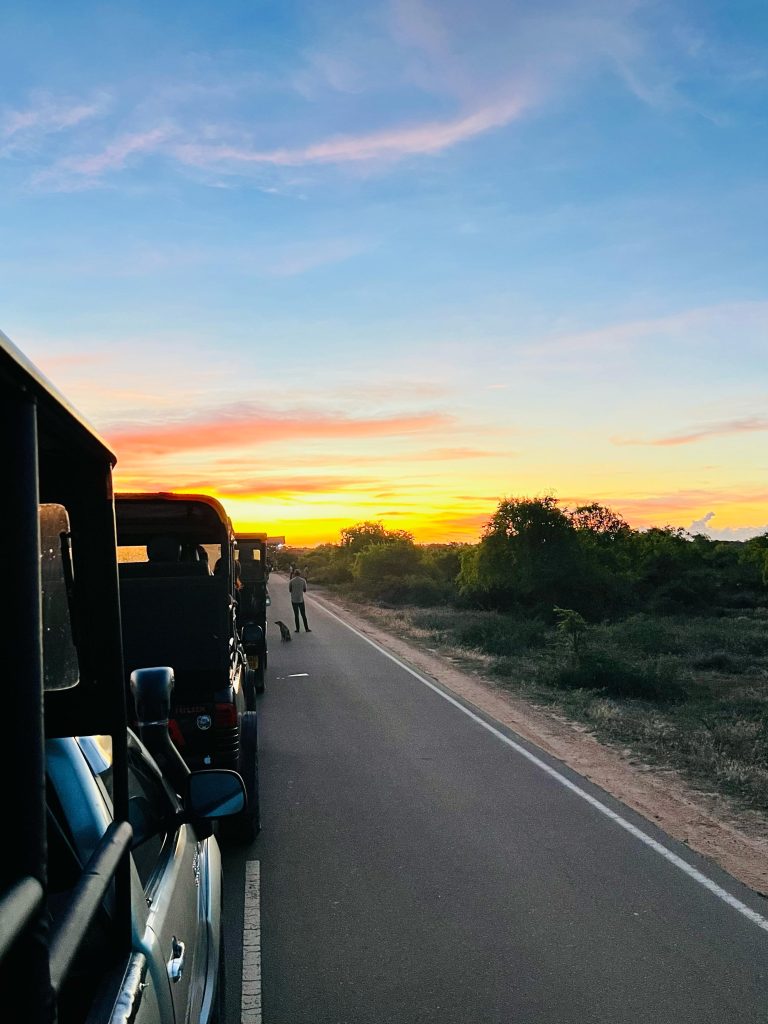
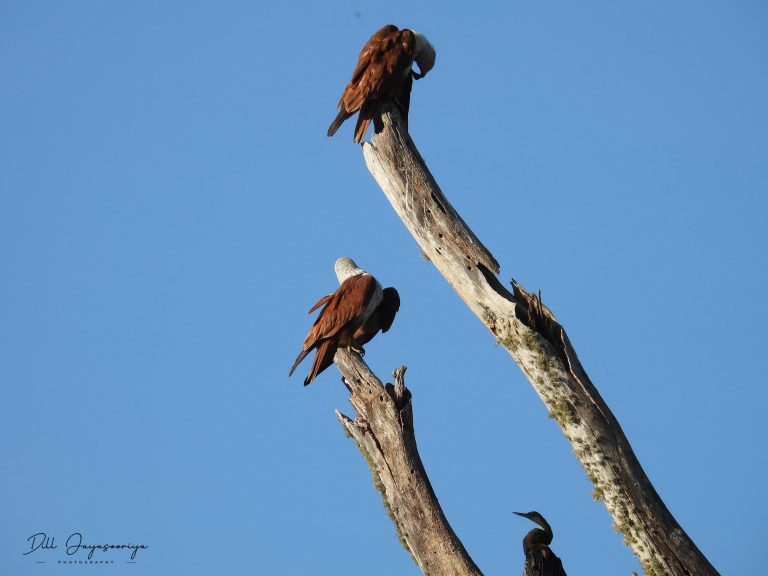
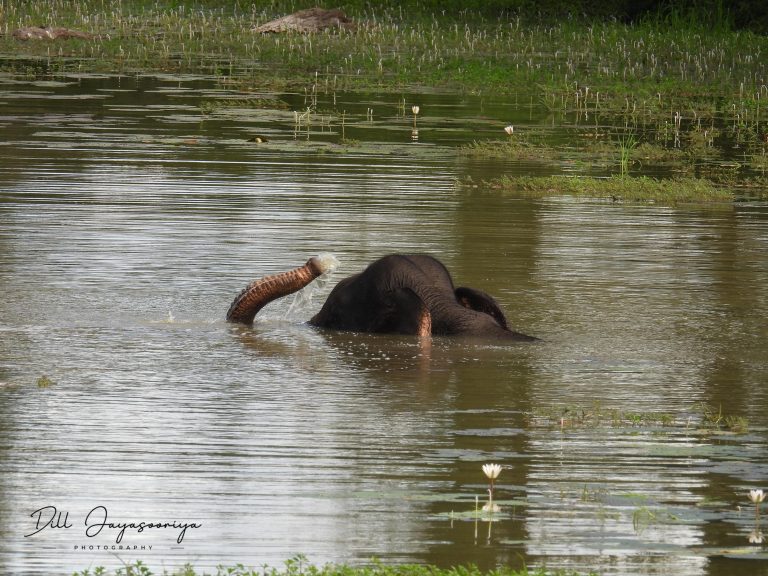
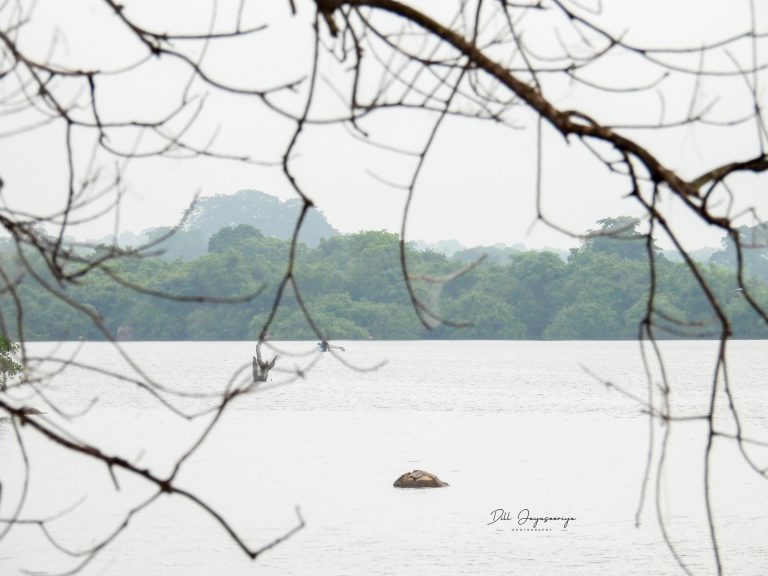
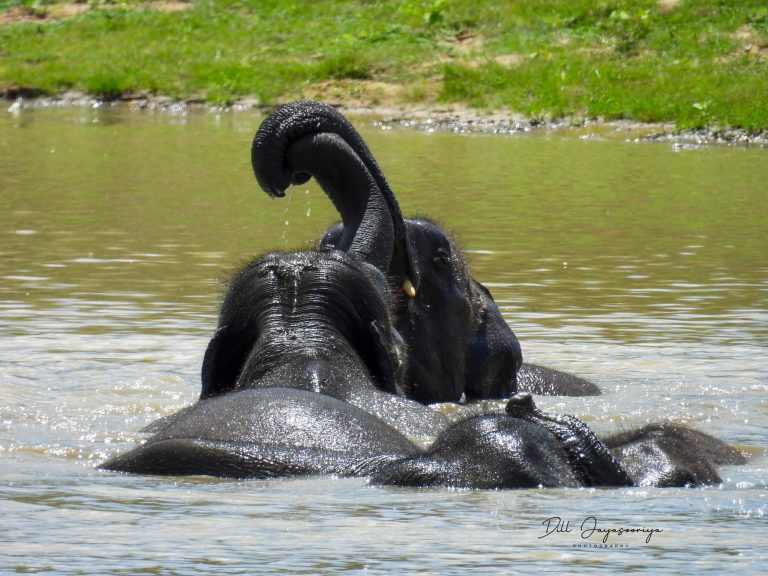
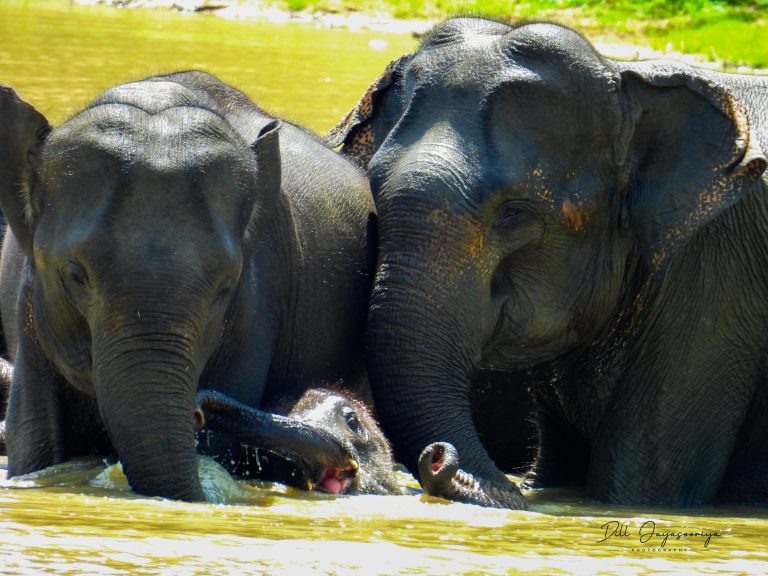
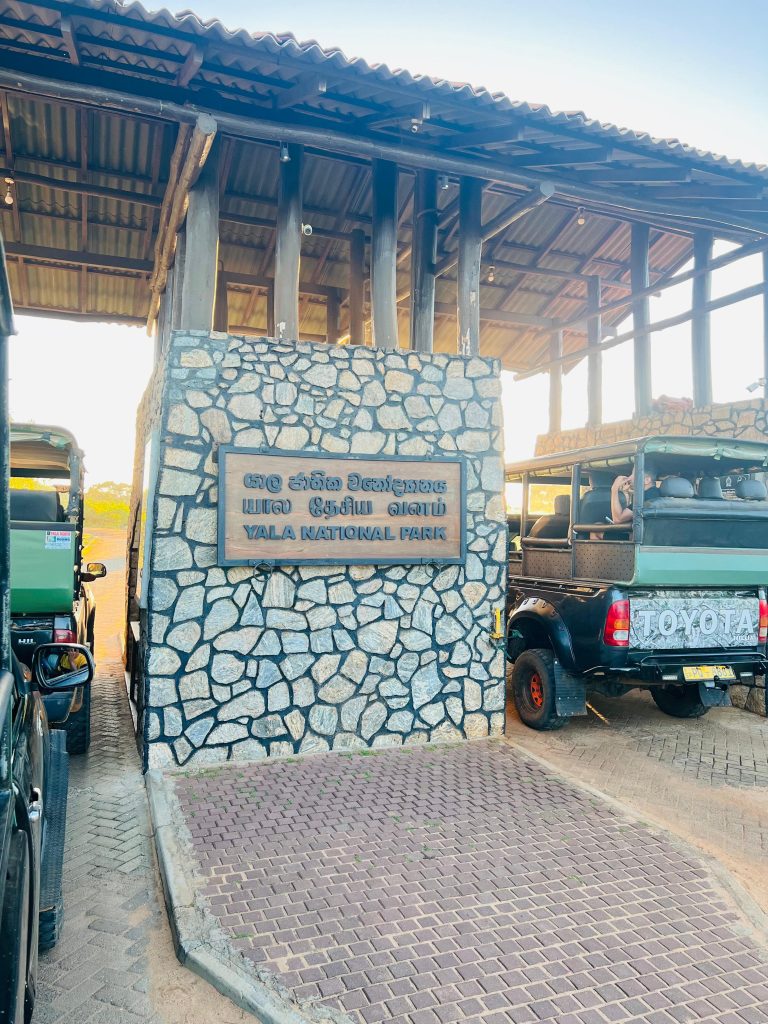
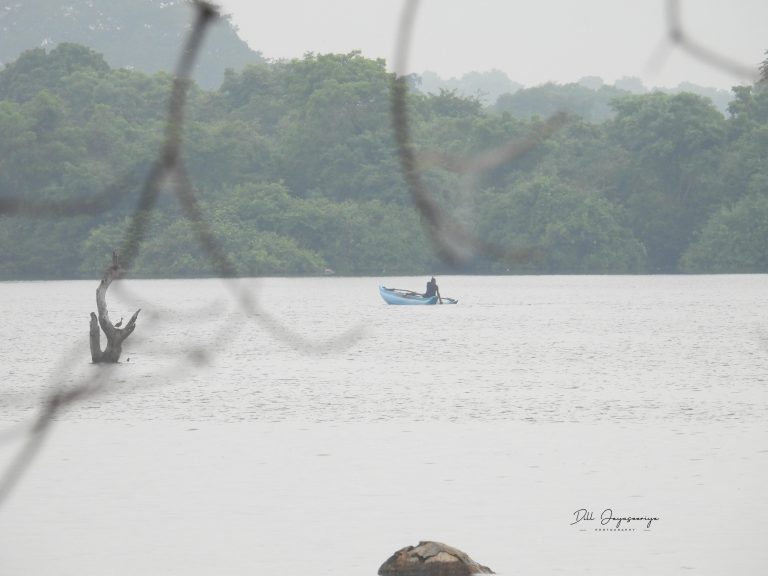
Yala National Park, located in the southeastern region of Sri Lanka, is the country’s most famous wildlife sanctuary and a must-visit destination for nature and wildlife enthusiasts.
Spanning over 979 square kilometers, the park boasts a diverse range of ecosystems, including dense forests, grasslands, wetlands, and coastal lagoons, making it one of the best places in Asia to spot wildlife in their natural habitat.
Why Visit Yala National Park?
Yala is renowned for its rich biodiversity and is home to some of Sri Lanka’s most iconic wildlife species. It is especially famous for having one of the highest densities of leopards in the world, offering visitors a rare opportunity to see these elusive big cats. Beyond leopards, the park is a haven for elephants, sloth bears, crocodiles, and hundreds of bird species.
Things to Do in Yala National Park:
Wildlife Safaris:
The main attraction of Yala is its safari experience. Visitors can embark on guided jeep safaris through the park’s rugged terrain, where they can encounter a variety of wildlife, including:
Leopards: Yala’s leopards are its top draw, often seen lounging on tree branches or prowling the grasslands.
Asian Elephants: Herds of elephants can frequently be seen at watering holes.
Sloth Bears: Though rarer, sloth bear sightings are an unforgettable experience.
Crocodiles and Wild Boars: These are commonly seen along water bodies.
Birdwatching: With over 200 bird species, including endemic and migratory birds, Yala is a birdwatcher’s
paradise. Look out for species like painted storks, eagles, and bee-eaters.
Explore Diverse Zones:
Yala is divided into five blocks, with Block 1 being the most popular for safaris. Other blocks, like Block 5, offer more secluded experiences for those seeking less crowded routes.
Visit Sithulpawwa Rock Temple:
This ancient Buddhist temple, located within the park boundaries, dates back over 2,000 years. It offers historical insights and stunning views of the surrounding wilderness.
Beach Visit at Patanangala:
Yala’s coastline, including Patanangala Beach, offers breathtaking views of the Indian Ocean. While swimming is prohibited due to strong currents, it’s a serene spot to relax.
Camping in the Wild:
For a more immersive experience, visitors can stay in eco-friendly campsites near the park. Many of these campsites offer guided tours, outdoor dining, and stargazing.
Best Time to Visit:
The best time to visit Yala is between February and June, during the dry season, when animals are more likely to gather around waterholes, increasing the chances of sightings. However, the park is generally open year-round, except for September, when it closes for maintenance.
Tips for Foreign Visitors:
Book Safaris Early: Yala is very popular, so it’s advisable to book your safaris in advance to secure the best guides and times.
Choose Early Morning or Late Afternoon Safaris: These times offer the best chances to spot wildlife.
Dress Comfortably: Wear light, breathable clothing in neutral colors and bring a hat and sunscreen.
Respect Wildlife: Keep a safe distance from animals, avoid loud noises, and follow the guidelines provided by your guide.
Nearby Attractions:
Kumana National Park: Known for birdwatching and located close to Yala.
Tissamaharama: A town near Yala with historical sites and serene lakes.
Bundala National Park: Famous for its wetland ecosystems and migratory bird populations.
Yala National Park is a destination that promises unforgettable encounters with nature’s wonders, offering foreign visitors a chance to experience the wild beauty and rich biodiversity of Sri Lanka.
Whether you’re on the trail of a leopard or admiring the tranquil landscapes, Yala is sure to leave a
lasting impression.
Udawalawa National Park.
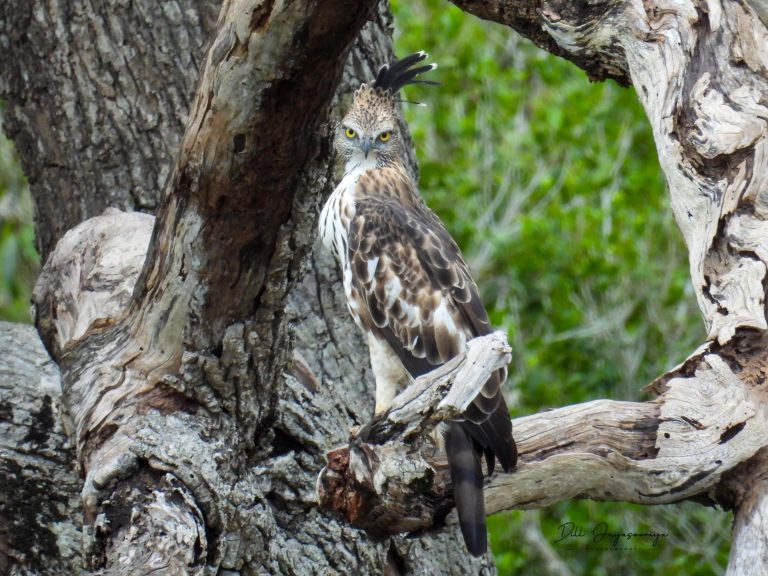
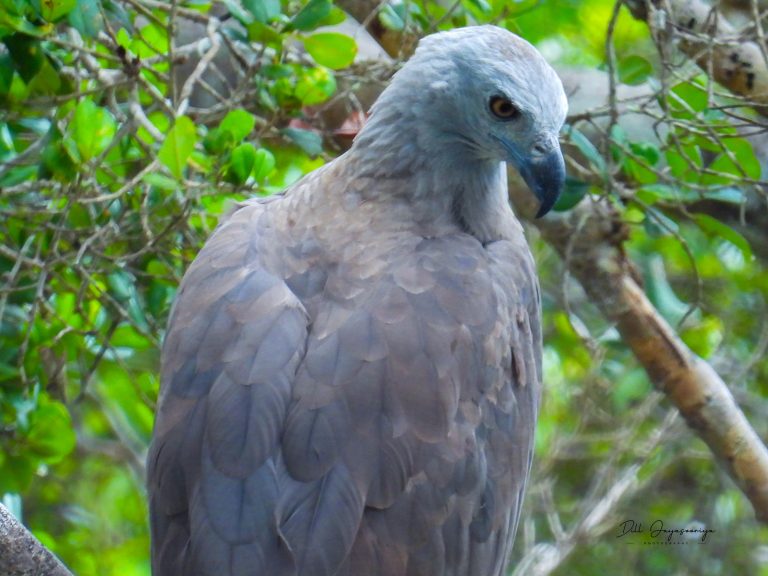
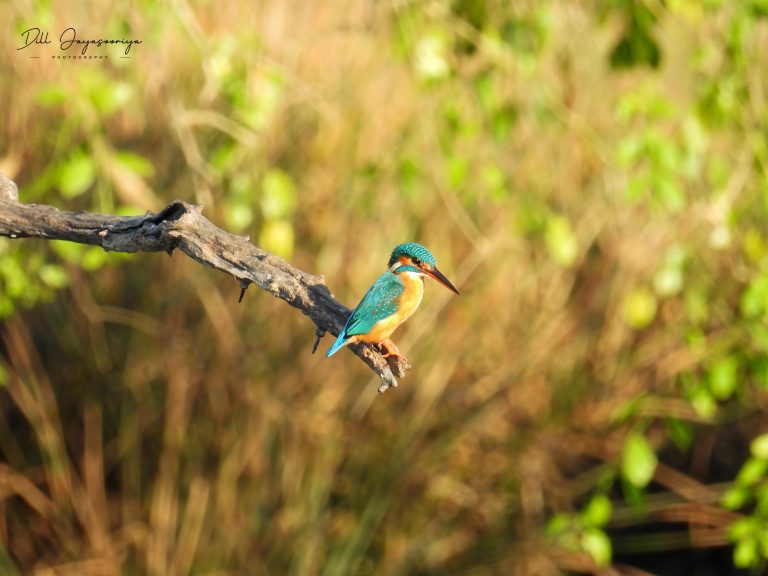
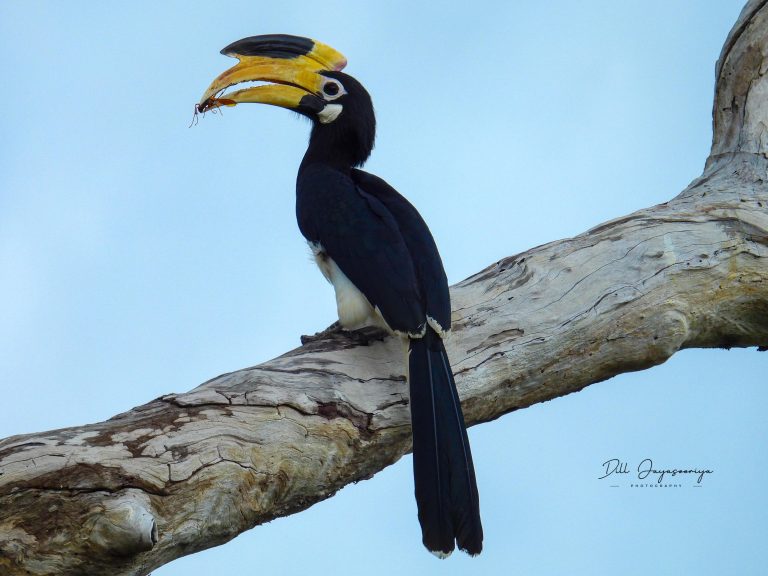
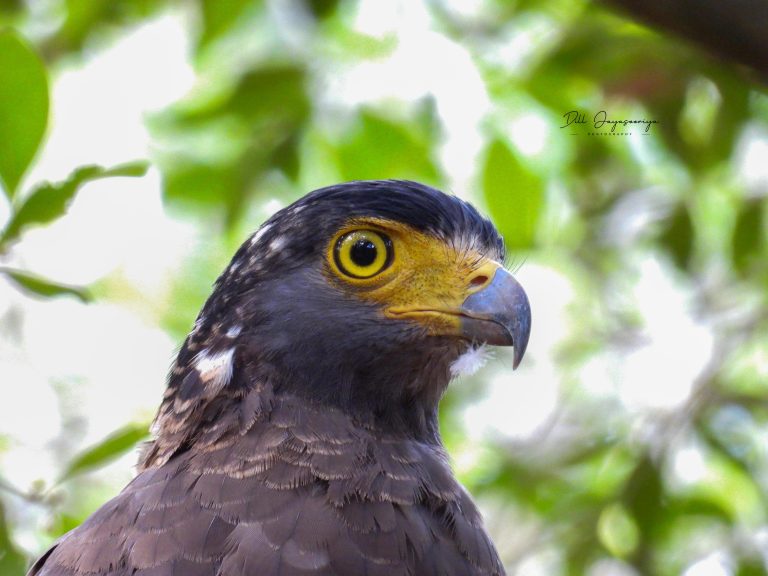
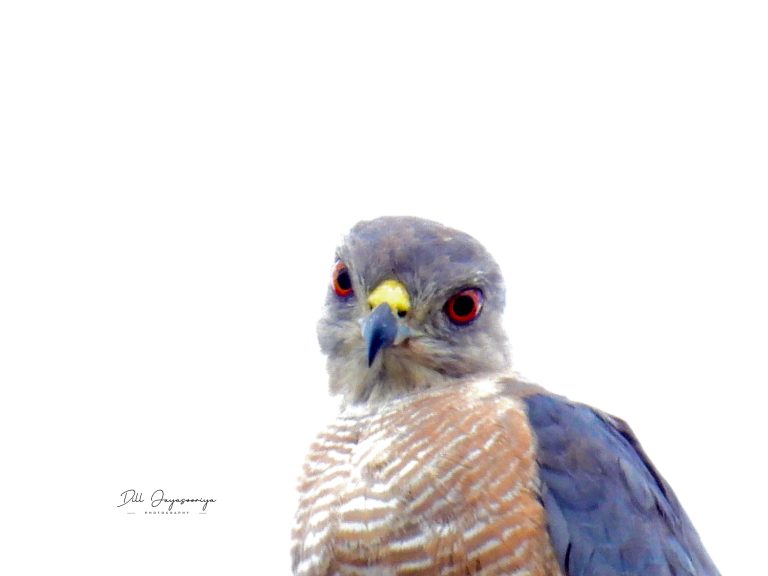
Udawalawe National Park, located in the southern region of Sri Lanka, is a paradise for wildlife enthusiasts and one of the best places in the country to see wild elephants in their natural habitat.
Covering an area of approximately 308 square kilometers, the park was established in 1972 primarily to provide a sanctuary for animals displaced by the construction of the Udawalawe Reservoir. Today, it is a must-visit destination for foreign travelers seeking an unforgettable safari experience.
Why Visit Udawalawe National Park?
Udawalawe is particularly famous for its large population of elephants, often seen in herds near water sources. The park’s open grasslands, interspersed with forests and the shimmering reservoir, make it an excellent location for wildlife observation and photography. Its relative proximity to popular tourist hubs like Ella and the southern beaches makes it easily accessible.
Things to Do in Udawalawe National Park:
Elephant Safaris:
Udawalawe is home to over 600 elephants, and sightings are almost guaranteed year-round. Watch these majestic creatures as they graze, bathe, and interact in their natural environment.
Birdwatching:
The park is a birdwatcher’s haven, with over 200 recorded bird species, including:
Peacocks, Serpent eagles, Malabar pied hornbills,Kingfishers, Various migratory birds during the season.
Spot Other Wildlife:
While elephants are the star attraction, the park is also home to:
Water buffalo, Spotted deer, Crocodiles, Jackals, Monitor lizards and Rare species like leopards, though sightings are infrequent.
Visit the Udawalawe Reservoir:
The reservoir offers a scenic backdrop to the park and is a vital water source for the wildlife. It’s a great spot for photography, especially during sunrise or sunset.
Explore the Udawalawe Elephant Transit Home:
This government-run facility cares for orphaned elephants with the goal of releasing them back into the wild. Visitors can watch feeding sessions and learn about elephant conservation efforts.
Nature Photography:
The park’s mix of landscapes, from savannah grasslands to lush forests and wetlands, provides incredible opportunities for landscape and wildlife photography.
Best Time to Visit:
The park is open year-round, but the best time to visit is during the dry season from May to September, when animals are more likely to gather around waterholes, making them easier to spot.
Tips for Foreign Visitors:
Book a Jeep Safari: Guided jeep safaris are the best way to explore the park. Early morning and late afternoon safaris offer cooler weather and higher chances of spotting wildlife.
Dress Comfortably: Wear light, breathable clothing in neutral colors to blend with the environment.
Bring Binoculars and Cameras: These are essential for birdwatching and capturing wildlife
moments.
Respect the Wildlife: Avoid loud noises and keep a safe distance from animals. Follow your guide’s instructions to ensure a safe and ethical experience.
Nearby Attractions:
Sankapala Raja Maha Viharaya: A historic Buddhist temple located near Udawalawe.
Sinharaja Forest Reserve: A UNESCO World Heritage Site and biodiversity hotspot, perfect for hiking and birdwatching, located a couple of hours away.
Ella: A charming hill town known for its lush greenery, hiking trails, and waterfalls, just a short drive from Udawalawe.
Udawalawe National Park offers a serene and immersive wildlife experience, making it a highlight of any Sri Lankan itinerary. Whether you’re watching herds of elephants roam freely or marveling at the park’s diverse birdlife, Udawalawe promises an unforgettable adventure for foreign visitors.
Kumana National Park
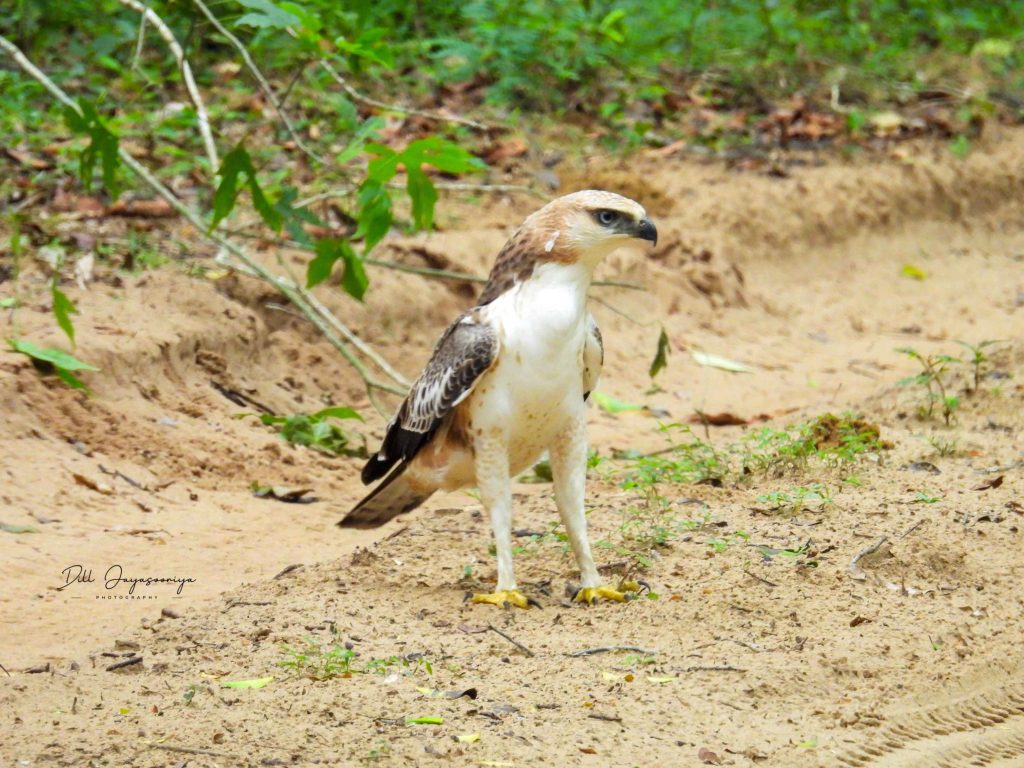
Kumana National Park, located on the southeastern coast of Sri Lanka, is a haven for birdwatchers and wildlife enthusiasts. Adjacent to Yala National Park, Kumana spans approximately 35,664 hectares and is renowned for its pristine landscapes, diverse ecosystems, and incredible birdlife.
It’s a less crowded alternative to its neighboring Yala, offering a tranquil and immersive experience in nature.
Why Visit Kumana National Park?
Kumana is famous for its wetlands and lagoons, which attract thousands of migratory birds each year. Beyond birds, the park is home to a variety of wildlife, including leopards, elephants, and crocodiles. The blend of dry zone forest, scrubland, and coastal lagoons creates a unique environment that supports a rich array of flora and fauna.
Things to Do in Kumana National Park:
Birdwatching:
Kumana is a bird lover’s paradise, with over 250 bird species recorded. Highlights include:
Painted storks, Black-necked storks, Eurasian spoonbills, Pelicans, Migratory species like flamingos during the season (April to July).
Wildlife Safaris:
Embark on a jeep safari to explore the park’s vast landscapes. In addition to birds, you may encounter:
Leopards, Elephants, Crocodiles, Wild boars, Golden jackals.
Visit Kumana Villu:
This natural lagoon is the centerpiece of the park and a hotspot for birdwatching. During the migratory season, it becomes a bustling sanctuary for thousands of birds.
Explore Ancient Ruins:
Discover hidden cultural treasures within the park, such as ancient rock inscriptions and Buddhist shrines that highlight the region’s historical significance.
Photography:
The park’s serene lagoons, coastal stretches, and abundant wildlife offer excellent opportunities for landscape and wildlife photography.
Nature Trails:
While walking inside the park is restricted, you can explore trails near the park boundaries to experience its unique flora and smaller fauna.
Best Time to Visit:
The best time to visit Kumana is from April to July, during the migratory bird season. For wildlife safaris, the dry season from May to September is ideal, as animals gather around water sources.
Tips for Foreign Visitors:
Hire a Knowledgeable Guide: A skilled guide enhances your experience by helping spot wildlife and explaining the park’s ecology.
Carry Binoculars: Essential for birdwatching and spotting distant wildlife.
Stay Comfortable: Wear light, breathable clothing and carry water, sunscreen, and insect repellent.
Book Early Morning or Evening Safaris: These times offer cooler weather and better chances of spotting wildlife.
Nearby Attractions:
Okanda Devalaya: A revered Hindu shrine located near the park’s entrance, associated with Sri Lanka’s famous Kataragama pilgrimage.
Kudumbigala Monastery: An ancient Buddhist monastery offering panoramic views and a serene atmosphere.
Arugam Bay: A world-famous surf destination just a short drive from Kumana, ideal for relaxing
after a safari.
Why Choose Kumana?
Kumana National Park offers a peaceful alternative to the busier Yala, allowing visitors to connect deeply with nature. Its breathtaking landscapes, rich birdlife, and cultural significance make it an unforgettable destination for foreign visitors seeking an off-the-beaten-path adventure in Sri Lanka.
Sinharaja Rain Forest
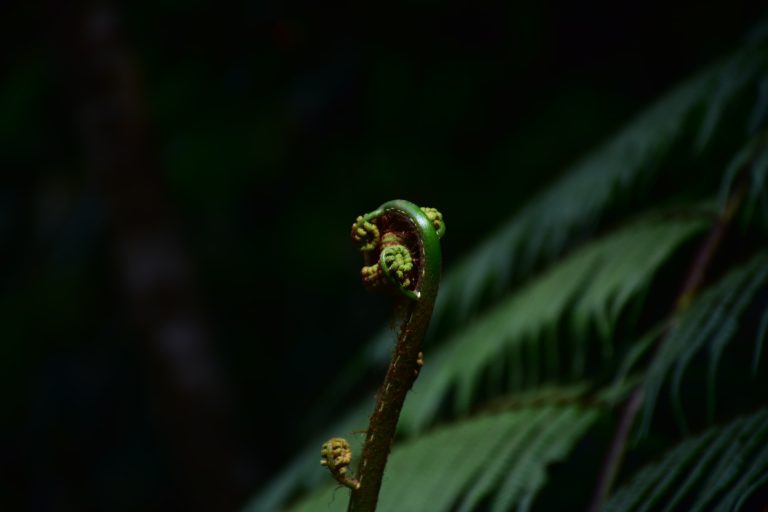
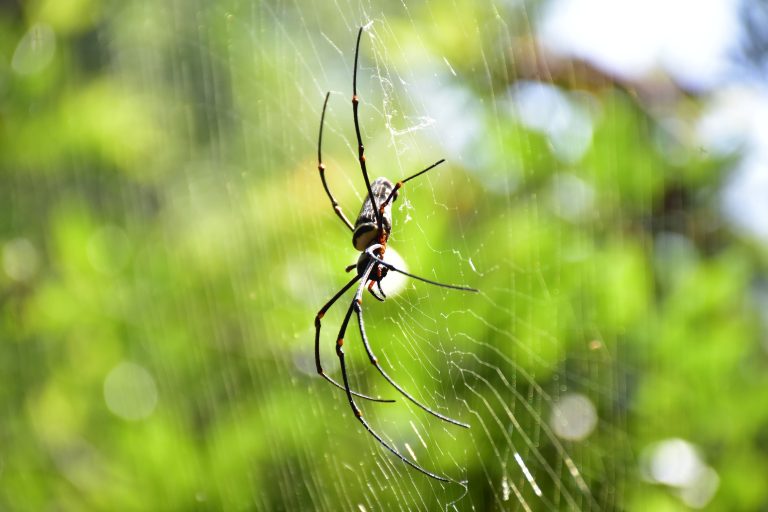
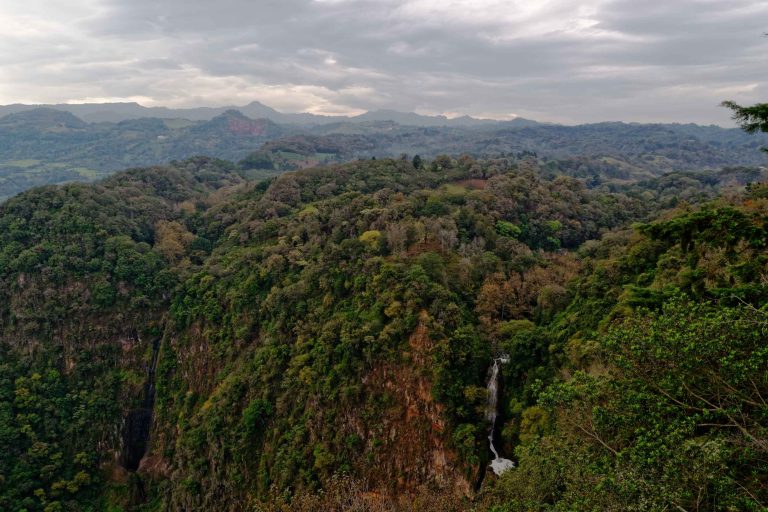
Sinharaja Rain Forest, located in southwestern Sri Lanka, is a UNESCO World Heritage Site and one of the country’s most treasured natural wonders. This lush tropical rainforest is renowned for its incredible biodiversity, endemic species, and pristine ecosystems. Covering approximately 11,187 hectares, Sinharaja is a hotspot for ecotourism and a must-visit destination for nature enthusiasts and adventure seekers.
Why Visit Sinharaja Rain Forest?
Sinharaja is a paradise for those who love untouched nature. The forest is home to an astonishing variety of flora and fauna, many of which are endemic to Sri Lanka. Walking through its dense greenery, you’ll encounter towering trees, vibrant flowers, rare animals, and an abundance of birds and insects. It’s also an excellent destination for hiking and birdwatching.
Things to Do in Sinharaja Rain Forest:
Guided Nature Walks:
Explore the rainforest on foot with an experienced guide who can point out the rich biodiversity and provide insights into the forest’s unique ecosystem.
Birdwatching:
Sinharaja is home to over 147 bird species, including 20 endemic species. Notable birds include:
Sri Lanka Blue Magpie, Red-faced Malkoha, Green-billed Coucal, Sri Lanka Hanging Parrot.
Spot Rare Wildlife:
The forest is a sanctuary for various animals, including:
Purple-faced Leaf Monkeys, Giant Squirrels, Golden Palm Civets, Sri Lankan Leopards (rarely seen).
Discover Exotic Flora:
Sinharaja is home to over 60% of Sri Lanka’s endemic trees and plants. Marvel at the towering hardwood trees, lianas, and vibrant orchids.
Butterfly and Insect Watching:
The forest teems with colorful butterflies and unique insects, making it a fascinating place for macro photography and entomology enthusiasts.
Stream and Waterfall Exploration:
Numerous streams and small waterfalls flow through the forest, offering picturesque views and peaceful spots to rest during your hike.
Photography:
The rainforest’s rich textures, vibrant colors, and unique wildlife make it an exceptional destination for photographers.
Adventure Hiking:
Some trails in Sinharaja can be challenging, offering an exciting adventure for those who love trekking through rugged terrain.
Best Time to Visit:
The best time to visit Sinharaja is from December to April and August to September, when rainfall is relatively lower. However, the forest is a tropical rainforest, so occasional rain showers can be expected year-round.
Tips for Foreign Visitors:
Hire a Guide: Local guides are essential for navigating the forest and spotting wildlife.
Wear Appropriate Gear: Comfortable hiking shoes, breathable clothing, and a waterproof jacket are highly recommended.
Carry Essentials: Bring insect repellent, sunscreen, and plenty of water for your trek.
Respect the Environment: Avoid littering and follow the park’s guidelines to protect the fragile ecosystem.
Prepare for Leeches: During wet conditions, leeches are common, so wearing leech socks or applying salt is helpful.
Nearby Attractions:
Kanneliya Rainforest: Another biodiversity-rich rainforest located nearby.
Deniyaya: A scenic village with tea plantations and accommodation options for visitors.
Maduwanwela Walawwa: A historical mansion showcasing Sri Lankan heritage, located a short drive away.
Why Choose Sinharaja?
Visiting Sinharaja Rain Forest is like stepping into an untouched world of vibrant life and natural beauty. Its dense canopy, exotic wildlife, and tranquil atmosphere provide a rare opportunity to connect with nature. Whether you’re trekking through the jungle, spotting endemic species, or simply enjoying the serenity, Sinharaja offers a magical experience for foreign visitors.
